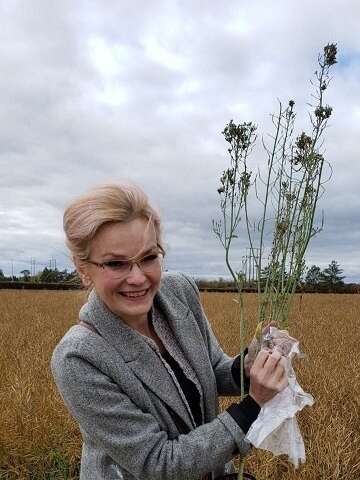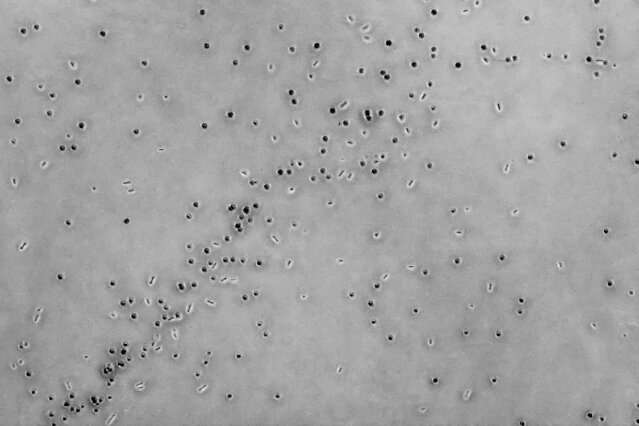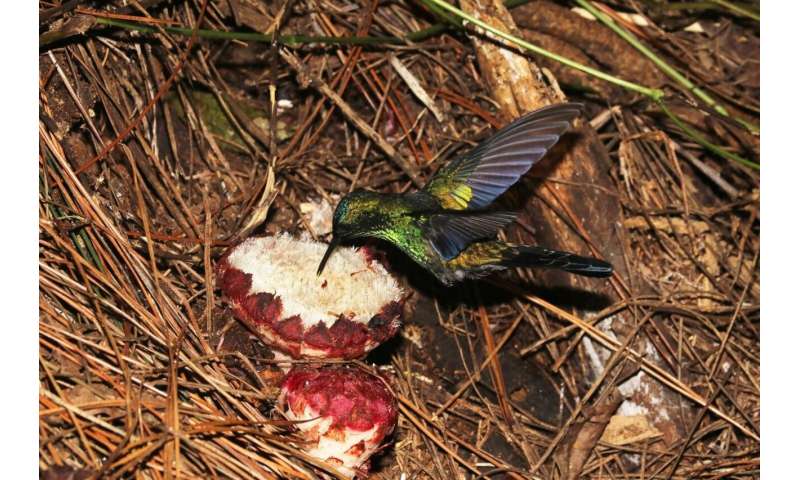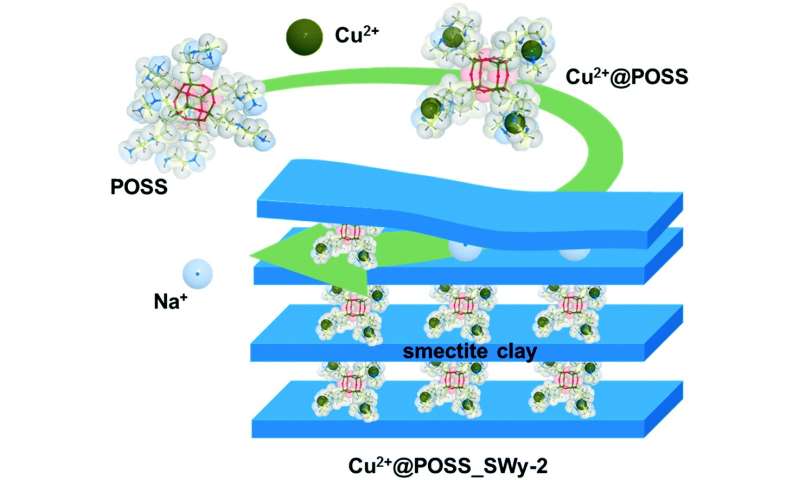French unions played key role in protecting workers' mental health
During a three-year organizational restructuring at France Telecom that began in 2007—which called for the downsizing of 22,000 employees, often based on ethically questionable methods—there was a wave of employee suicides. Published reports put the total number of deaths at 35.
Virginia Doellgast, associate professor of comparative employment relations in Cornell University's ILR School, examines the role unions played in the aftermath of those deaths. Her paper, "After the Social Crisis: The Transformation of Employment Relations at France Telecom," was published Feb. 11 in Socio-Economic Review.
The researchers highlight France Telecom labor unions' approaches to studying and publicizing the negative effects of employment restructuring on workers' psychosocial health. The unions were able to influence how the suicides were interpreted—both within the firm and in the media—then communicate their findings to workers, managers and the public.
In 2009, when the press reported high rates of suicides at the company, the unions were ready with a well-organized message, backed by their survey findings: The company and its management were to blame. As a result, unions gained a formal role in monitoring management practices to make sure they did not threaten workers' psychosocial health.
That led to December's landmark decision by a Paris court, which found the company and several former top executives guilty of "collective moral harassment."
According to Doellgast, the France Telecom case holds lessons for U.S. unions struggling with similar problems of growing job insecurity and intensifying performance pressure. She has recently worked with the Communications Workers of America on a survey measuring worker stress and burnout, sleep problems, use of medication, repetitive strain injuries, and fears of outsourcing and downsizing.
"One lesson for U.S. unions is that change starts by getting workers to understand that stress-related problems are widespread and to mobilize around the demand for good, healthy jobs," Doellgast said. "Also, real power comes from communicating these issues to the public and to policymakers. Companies are more likely to prioritize worker health when they fear losing customers, and when they fear fines and jail time for their top executives."
Doellgast said the unions' ability to bring the case to the courts and the resulting landmark decision could have far-reaching consequences.
"Does the company just have a responsibility to its shareholders, or does it have a responsibility to its other stakeholders, which include its workers?" she said. "This case shows the critical role of unions in making the case for this 'stakeholder' view of the firm: Companies are part of society, and managers should make sure they're not killing their employees to make short-term profits."French telecom company Orange convicted over suicides









